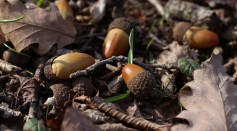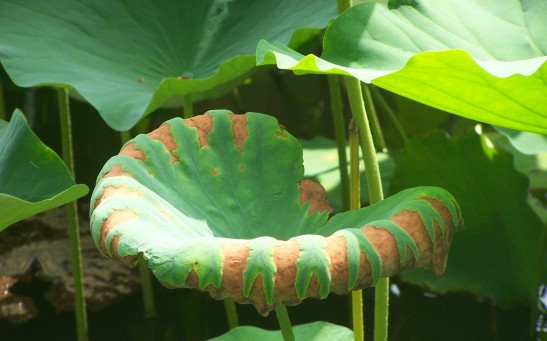plants
‘Mystery Plant’ Species Unveiled; New Type of the Discovery in Amazon Rainforests Confirmed 50 Years After First-Ever Unearthing

Excessive Drops of Acorn from Oak Trees is Part of Normal 'Mast Year' Phenomenon
Saving Nevada Wildflower: Proposed Rule Issued to Protect Plant From Australian Company's Alleged Plan to Mine Lithium
Light-Emitting Plant: Scientists Develop ‘Glow in the Dark’ Greens to Benefit Humans

Traveling Bug Causes the Palm Tree Disease in Florida; Scientists Assume This Insect Migrated From Jamaica
Microorganisms Hidden in Passion Fruit Seeds Found Beneficial Rather Than Harmful; New Study Reveals Bacteria’s Help in Germination, Growth, and Defense
KNUCKLES’ Role in Flower Clock; This Tiny Multi-Functional Protein Helps Complete Floral Development Properly at the Right Time
Retinoids Responsible for Suitable Development of Plant Roots, Animal Embryos
Triantha Occidentalas: Flowering Plant Eats Insects Walking up Its Sticky Stalk
Why is White Clover Poisonous? Study Claims Its Chemical Defense Mechanism Resulted From Hybridization
White Flower is Not as Sweet as We’ve Always Thought; Scientists Found It’s a Carnivorous Insect Killing Plant
New Plant Part Discovered: Scientists Studied Weed for More Than 100 Years
Critically-Endangered Tree Produces Flower; Report Says It's a Never-Before-Recorded Occurrence
Plant-Fungi Partnership: Research Shows How First Plants Left Aquatic Life 450 Million Years Ago
Most Popular

How Technology Is Changing the Real Estate Industry?

Nikolay Karpenko Biography, Photo, Career, Accomplishments

How a Plant-Based Diet Can Protect Against Breast Cancer: Insights from Nutrition Research

The Role of AI in the Next Generation of Logistics: Insights from Tobias Waldhecker






